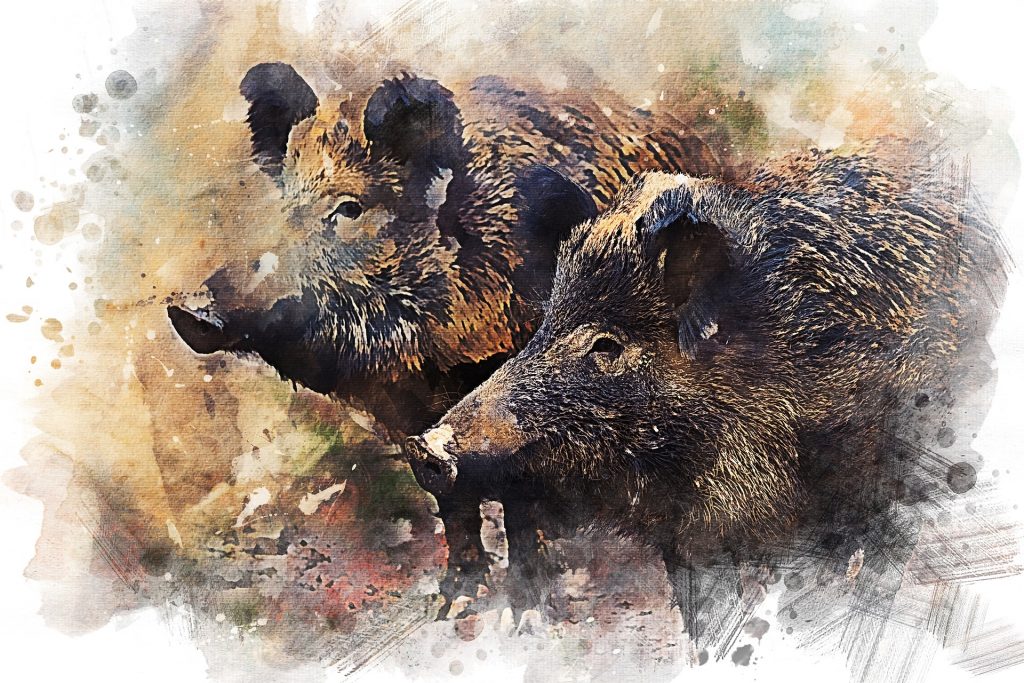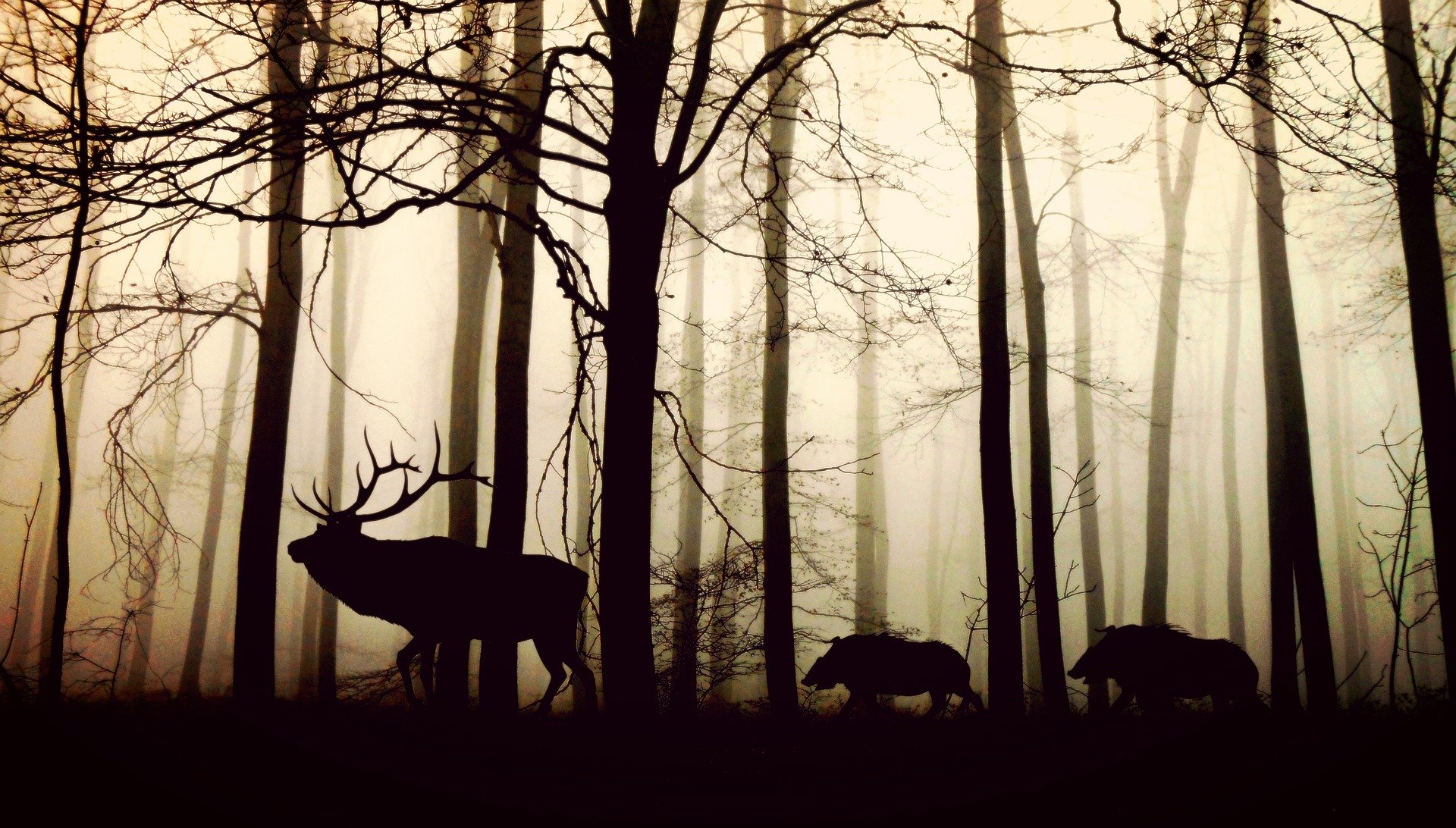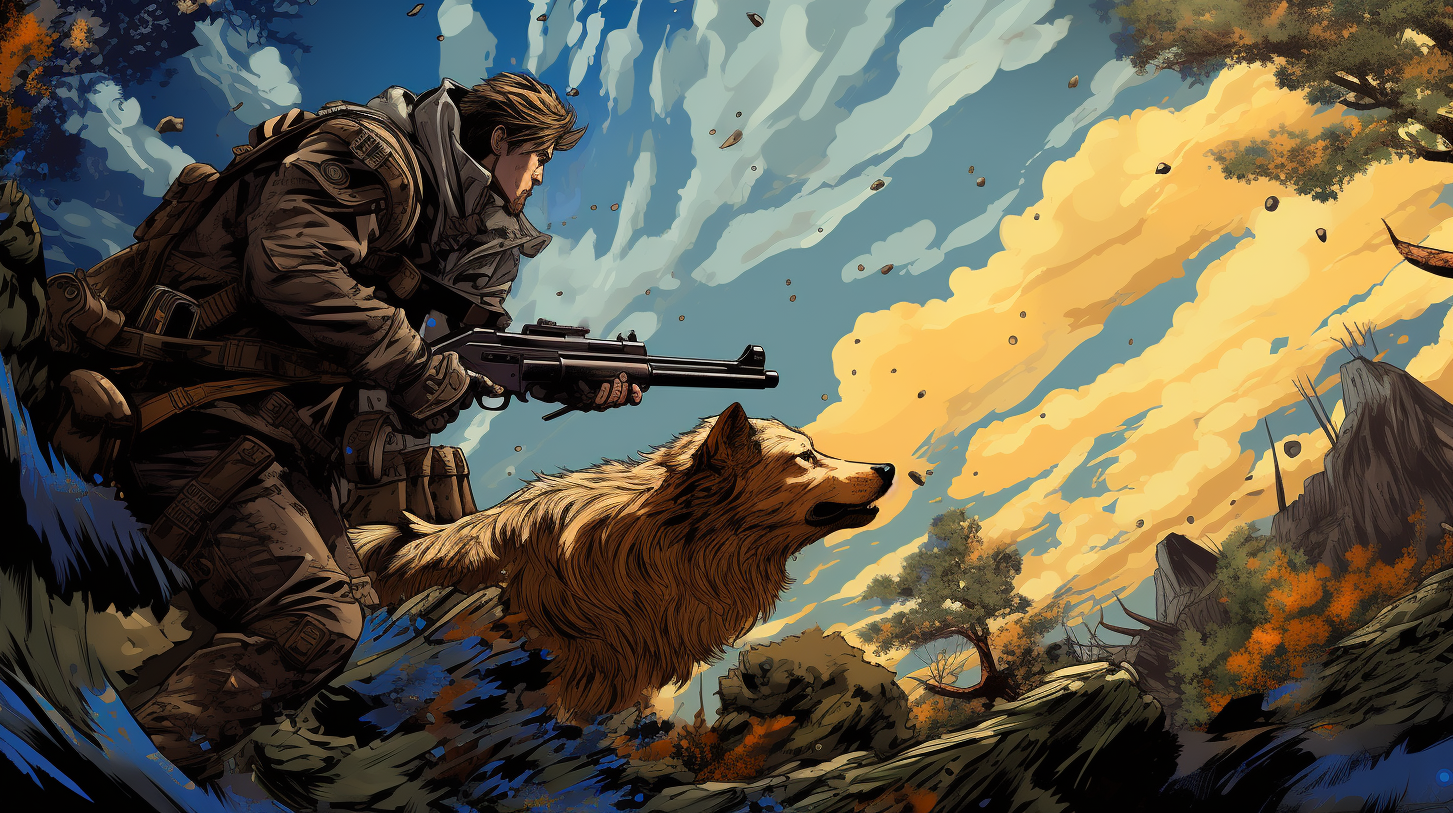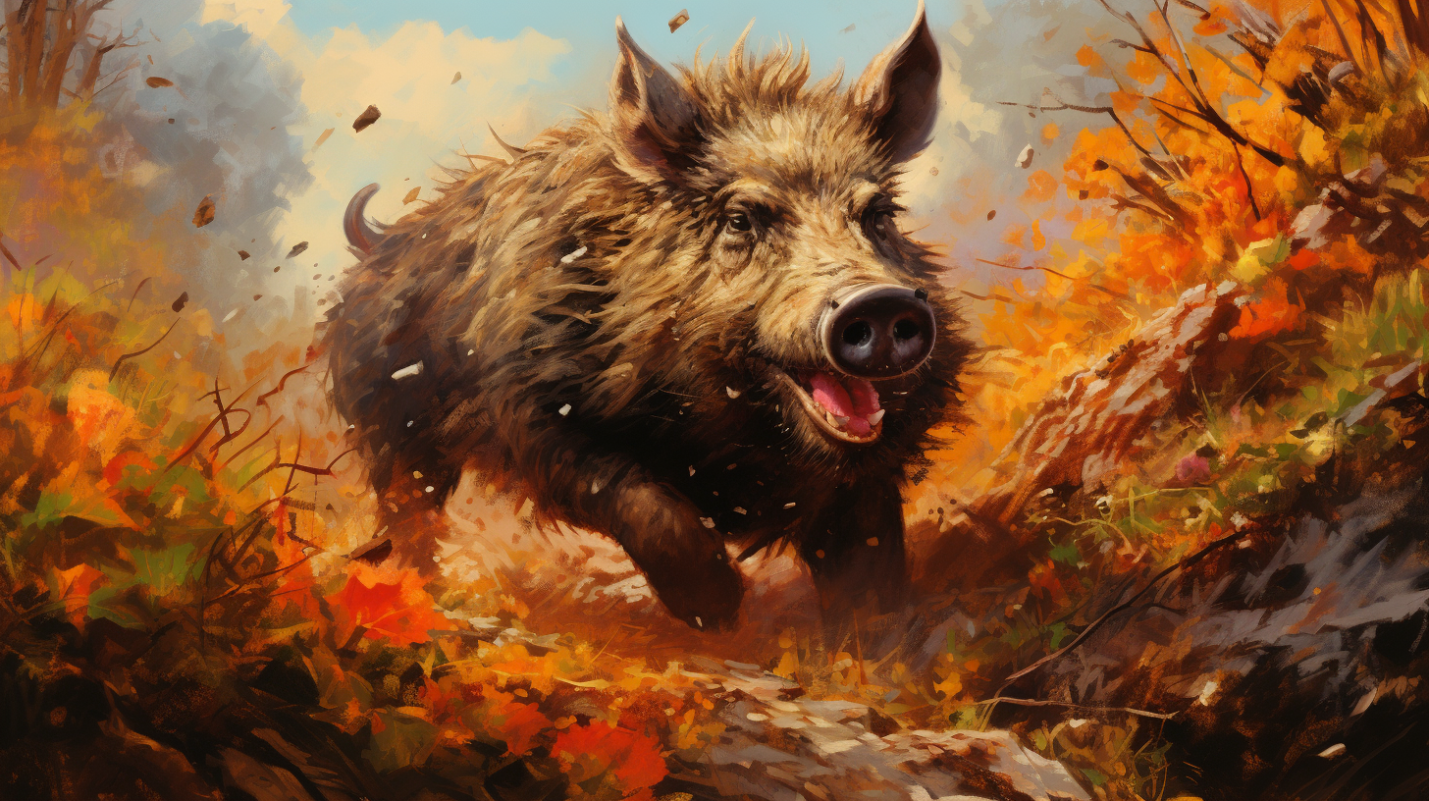
The Wild Boar American Domestication
Wild boars did not originate from America. They were brought here by colonizers and rich landowners for sport. The original species were the Eurasian wild boar and the domesticated pig. After centuries, cross-breeding has occurred resulting in 3 large subspecies of the wild hog: The feral hog, the wild boar, and all hybrids.

Wild Boar Colonization of America – 1500s
According to records, the first American hogs were brought to Hawaii on Polynesian ships. But the first ones to reach Northern continent were from Europe during the 16th century along with Christopher Columbus’ voyage in 1493. He brought 8 pigs along his voyage. They populated Cuba and Jamaica and eventually reached North America in the 1500s. This was the first actual record of wild hogs in the United States.
It’s known that Hernando de Soto expanded the wild boar population from 13 to 700. His army traveled across the eastern seaboard where his hogs were used as nourishment. They would also escape, or be bartered or stolen by Indians. The escaped hogs would scatter and become wild throughout the continent.
After colonization, some domesticated hogs would also break free, roam the nation, and bred with the previous wild hogs from de Soto’s expedition. This was the beginning of the wild boar epidemic in America. (fun fact: buccaneers of the Caribbean got their name from the American Indian Arawak word buccan, meaning a wooden frame for smoking meats)
Continued Hog Expansion – 1600s to 1800s
From there pig interest grew rapidly. In the 1600s Cortez brought pigs to New Mexico, Sir Walter Raleigh brought more to Jamestown colony, New York became infested with them causes a wall to be built in Manhattan later to be know as Wall Street. The Pennsylvania Colony reached the thousands and the average farmer owned 4-5 pigs.
In the 1700s they were herded to the west where processing plants started to rise up. In Cincinnati, or known at the time as “Porkopolis”, pork was processed and shipped to market up until the 20th century. These pigs would be transported from Ohio to the eastern seaboard in the tens of thousands.
Growth of Boar Hunting for Sport – 1900s
In the late 19th century, wealthy land owners brought more hogs to the country for hunting purposes. These new big game boars repeated their previous ancestors’ behavior. They would escpae hunting grounds, run rampant across the nation interbredding with older swine further increasing the hybrid population. These wild boars continued exploring and breeding throughout the southern United States up until the mid 1900s. From 1989 to today, their numbers have doubled, and are still increasing. They have spread to more Northern parts of the country and some believe they have established their presence in all 50 states.

The Current Wild Boar Population
Today, the United States is home to 4 – 5 million feral hogs. They are still running wild, escaping farms, and even been reported to deliberatly being released for sport. New laws have been made for a more open hunting season, as well as the government and local federal agencies getting involved in erradicating their extensive population. [1] [2] [3]



